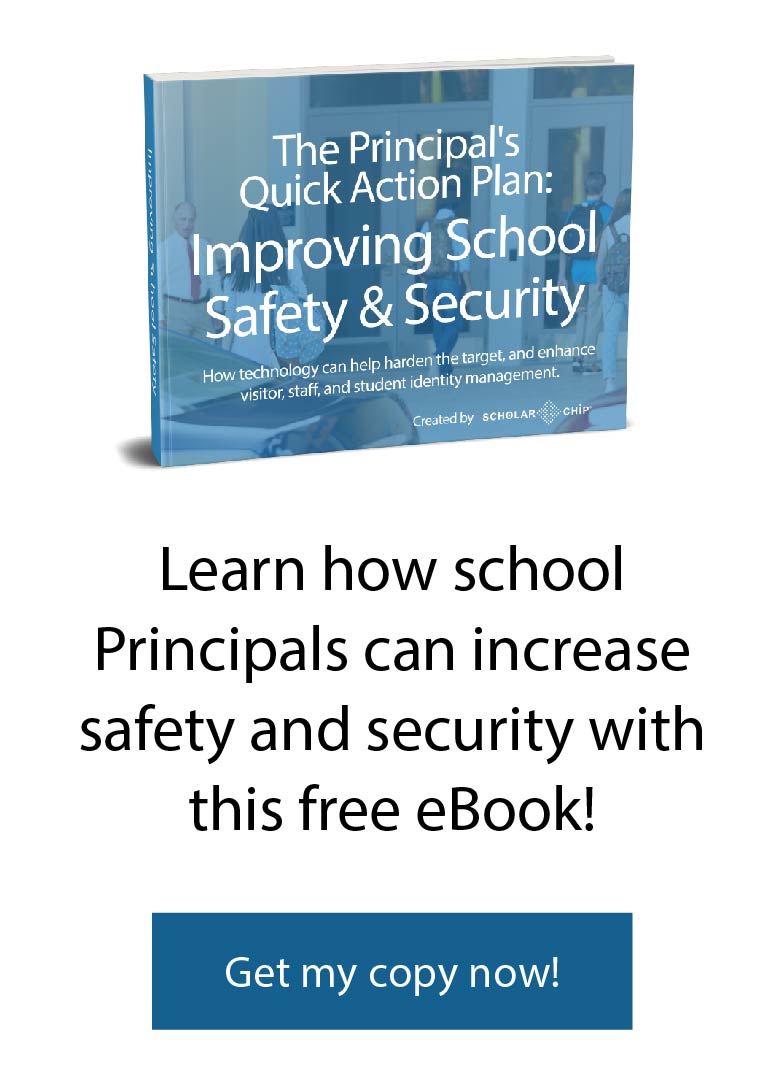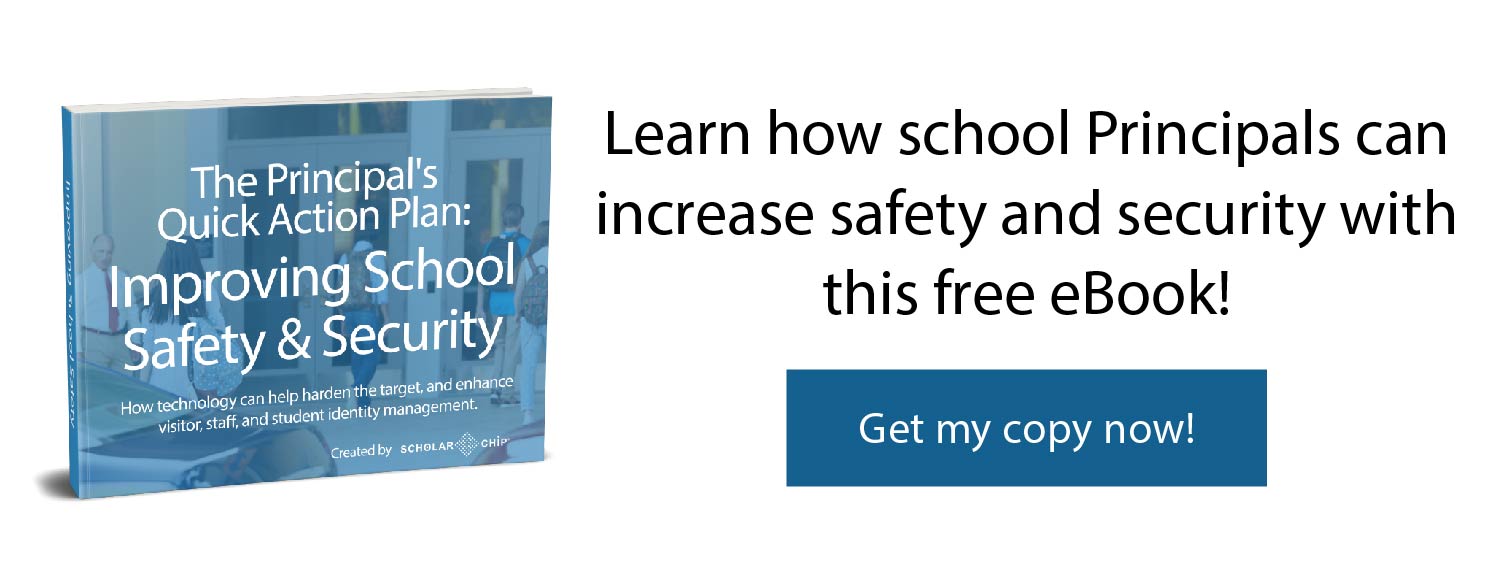Developing a modern school safety program must primarily focus on prevention. After all, nobody wants to put their school emergency response plan into action. But where should school leadership begin their planning process? Numerous resources, including healthcare-based research programs, identify school climate as a determining factor for a school’s risk level for mass violence. Reducing aggression and isolation and increasing inclusiveness and trust among students can be the difference between a peaceful campus and a disaster.
Healthcare providers may also represent an under-utilized resource in your community’s battle against school violence. Trauma-informed care practices can identify students at risk of acting out in violence.
4 Tools for Improving Campus Culture and Safety
Below are four ways schools can create a more inclusive campus culture and improve safety for both students and teachers.
1. Intervention Programs
Such programs teach students better behavior and flag possible at-risk students. According to a study conducted by the United States Secret Service, intervention programs could have prevented 36 of the 41 mass shootings that occurred at American schools between 2008 and 2017.
2. Smart ID Cards
Schools can manage attendance and create accountability for students by issuing “smart ID” cards to students and staff. When students are expected to scan their card at the classroom door for attendance, responsibility is placed on the student, and valuable instructional time is returned to the teacher.
3. Controlled-Access Doors with Smart ID Cards
A door access system can be implemented to control who has access to which buildings and classrooms. With the touch of a button, administration can lock down the entire campus in an instant. In other words, you can harden your campus only when it’s necessary, without making your campus feel like it’s always on lockdown.
4. Visitor Management System
A modern visitor management system is essential for any modern school campus. It helps staff screen outside visitors by scanning their driver’s license and running an instant background check. This enables staff to be proactive instead of reactive.
Acquiring Tools for Promoting a Positive Campus Culture
As you prepare your request for proposal for distribution, it’s important to consider how you will screen RFPs when they come in. You are likely to see RFPs trying to sell you metal detectors, window bars, and industrial-strength door jambs. If those items are installed at your campus, your school will start to look more like a prison. That’s not ideal for your students or staff.
The data doesn’t lie; it points to prevention as the most crucial aspect of maintaining a safe and secure school environment. The experts encourage you to take a close look at RFPs that will help you prevent school violence to minimize or eliminate the need to react to it. Here are a few tips to help you hone in on the proposals that may have the most lasting positive impact on your campus:
- Limiting access to campus during the school day is a great idea. But implementing the right technology will keep your students safe with minimal disruption of the school atmosphere, while keeping the school community at ease. Controlled access doors are a great example of this. These doors will only admit people with the appropriate access card, and the front-office staff can lock down campus with the touch of a button.
- Discrete video cameras allow a school resource officer or front-office staff to keep an eye on the whole campus throughout the day, without being too invasive. In addition to being a handy security tool, strategically-placed cameras can help staff find students who are avoiding going to class.
- Identifying and achieving early intervention with at-risk students is imperative for preventing school violence. The average school counselor is overwhelmed with a caseload nearly double what’s recommended, which means counselors have little time to find and work with students who may consider committing a violent act in the future.
- A surprisingly simple way to foster a sense of community at school is to require all students and staff to wear ID badges. It helps students feel like they belong, and it makes identifying intruders extremely easy (they’re the only ones without a badge). Opting for smart ID badges can also help streamline everyday school routines, like taking attendance. When all students taking hot lunch scan their badges, nobody has to feel embarrassed about receiving free lunches.
A study conducted by Alfred University found that the happier, safer, and more successful a student is, the more likely they are to report hearing or seeing chatter about a pending attack on their school. When students feel comfortable speaking up, it’s easier for school counselors to take action. Therefore, the more we can do to help students feel happy and safe at school—and to actively pursue academic success—the safer our campuses will become. That’s our goal at ScholarChip.
Developing a Modern School Safety Plan
ScholarChip offers a solution called Alternative Behavior Educator (ABE). This innovative modern school safety program enables school administrators and counselors to identify, monitor, and improve student behavior throughout a student’s career while giving them powerful data-driven reports that quickly flag at-risk students, help monitor and chronicle progress, and help them identify school safety risks before incidents.
To learn how ScholarChip can help make Texas schools safer or get free recommendations, feel free to contact us for a free 1-on-1 consultation today!


